Education Resources and Restoration Information
A weed is a plant that is not desirable. Some plants that people would call weeds are not considered weeds at PCEI because the plant is native to the Palouse, such as stinging nettle (Urtica dioica) or Palouse thistle (Cirsium brevifolium). Both of these plants can be found at the Rose Creek Nature Preserve. But not all weeds are considered noxious weeds. See below for more information on weeds common to the Palouse prairie region. Many weeds are allowed to flower, but not seed at PCEI’s restoration sites so that the flowers can benefit the insects of the area.
Common Palouse Prairie Weeds
-
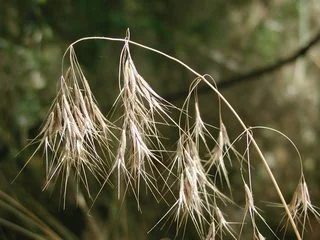
Cheatgrass / Downy brome (Bromus tectorum)
Originally from Asia, this annual grass with nonrhizomatous roots out-competes native Palouse grasses. Can grow 1-2 ft tall. Cheatgrass also adds to fuel loading in the hottest parts of the year as the plant dies off earlier than native plants.
-
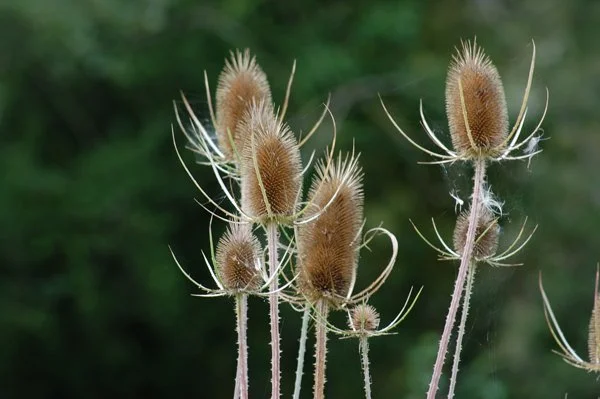
Common teasel (Dipsacus fullonum)
Native to Europe, this weed first made headway into the US in the 1800s. This plant crowds out native species in the Palouse. A biennial, this plant is only a small rosette in its first year, and grows into a large-stalked spiny plant in the second year.
-
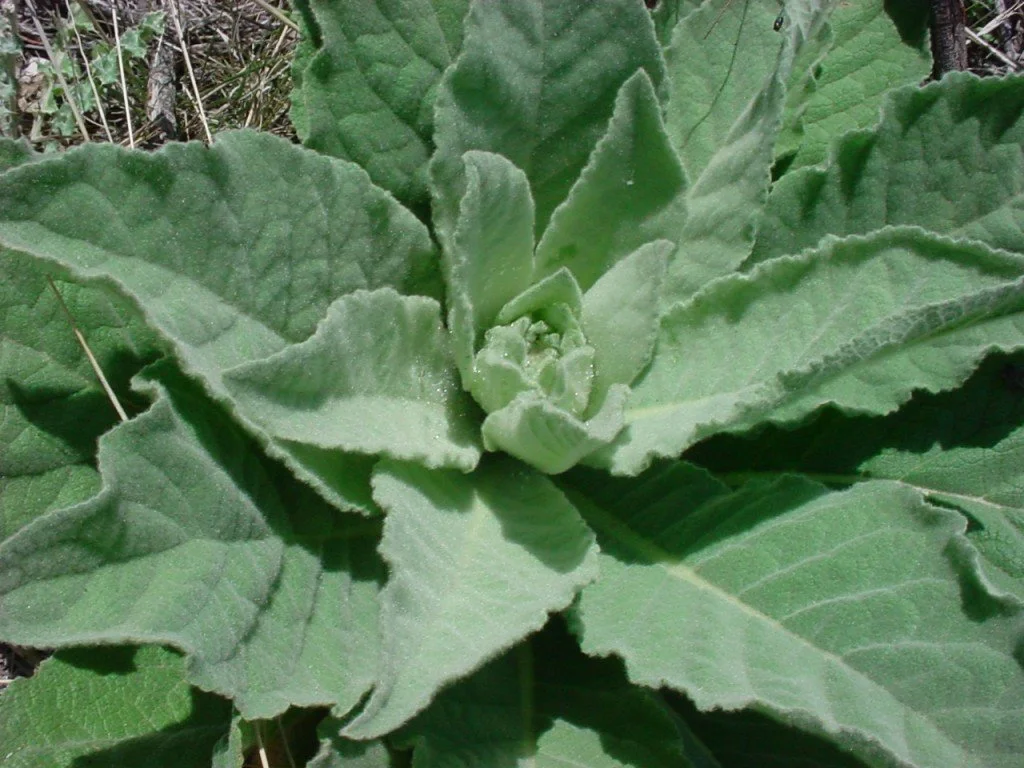
Common mullein (Verbascum thapsus)
A biennial that can grow 10 ft tall in its second year and thrives in disturbed landscapes and dry gravel-based soils. Originally used in the US for medicinal purposes. Each flower on the plant is only open for one day and can self-pollinate. Leaves are hairy, giving them a grayish-green appearance.
-
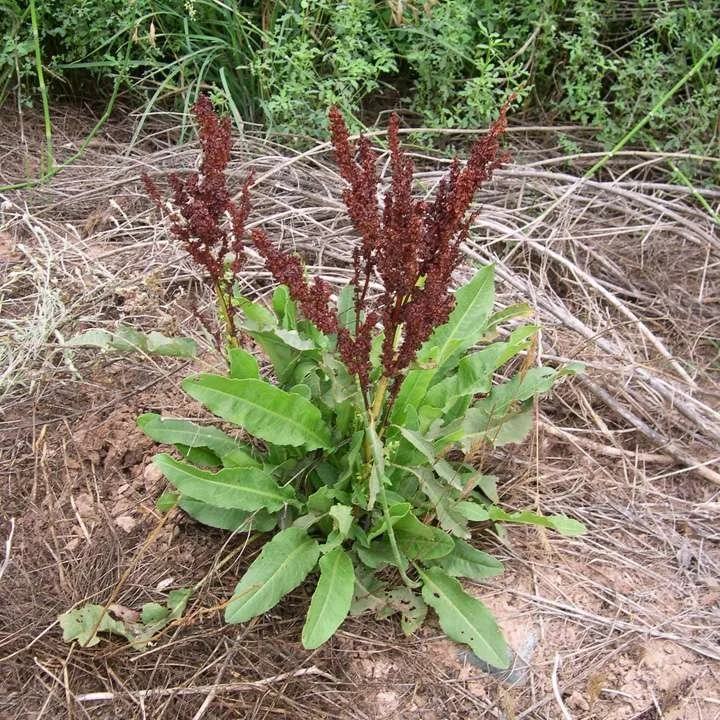
Curly dock (Rumex crispus)
Can be easy to spot in autumn for its distinctive dark red coloring – the stem and seeds are dark red starting as early as July. The flower stalk of the plant can grow about 3 ft high. Curly dock is native to Europe and western Asia.
-

Houndstongue (Cynoglossum officinale)
Native to Europe, houndstongue is toxic to livestock. Either a biennial or perennial that grows up to 3 ft tall. Flowers are a reddish-purple and produce 4 roundish seeds that have hooked hairs that allow the seed to attach to fur or cloth. Usually found in disturbed areas, such as roadsides, pastures, and wet grasslands. Categorized as noxious.
-
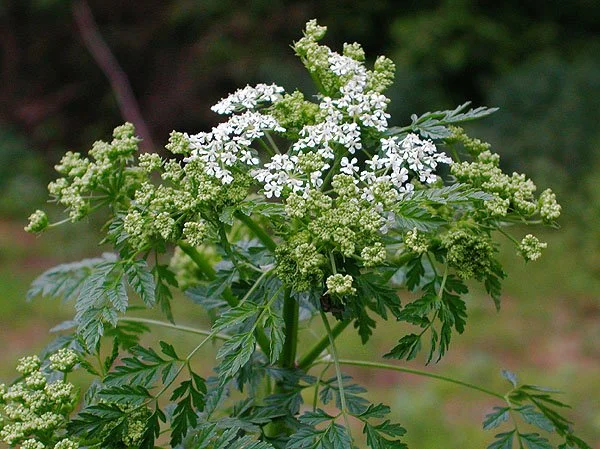
Poison hemlock (Conium maculatum)
The plant that killed Socrates (poisoning comes from ingestion), this plant is highly toxic to humans and animals upon ingestion. Can grow up to 9 ft tall, supported by a large white taproot. First-year rosette starts with small shiny triangular green leaves; upper stem leaves are similarly shaped but smaller. Flowers are small, white, and occur in umbrella-shaped clusters. Fruit is flat and gray-brown, splits in half, and contains one seed each. Found in disturbed, wet sites, riparian areas, pastures, and ditches. Categorized as noxious.
-
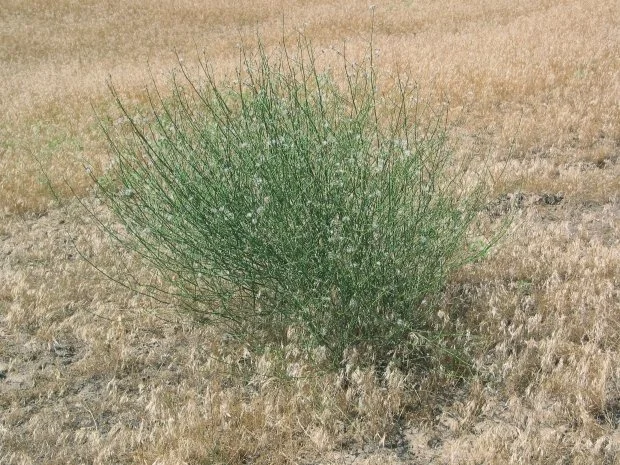
Rush Skeletonweed (Chondrilla juncea)
A perennial plant with yellow, dandelion-like flowers. Seeds have white plumes, and this plant can spread by seeds or roots. The plant can grow up to 4 feet tall. Grows easily on roadsides and disturbed and cultivated land. Young rush skeletonweed can resemble knapweeds. Categorized as noxious.
-

Tansy ragwort (Senecio jacobaea)
Native to Europe and Asia. This plant is poisonous to some animals, particularly if the alkaline toxins accumulate. Tansy ragwort is known to cause liver damage in horses, cattle, goats, and sheep. Can grow up to 4 ft tall. Flowers are daisy-like, yellow with brown centers, occurring in dense clusters at branch tips. Seeds are light brown, ribbed, with a hairlike plume. Leaves are dark green and smooth on upper surface, with a hairy underside. Found in pastures, riparian areas, roadsides, and forests. Categorized as noxious.
-
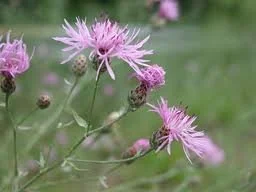
Spotted knapweed (Centaurea stoebe)
Native to Europe and can produce up to 25,000 seeds per plant. A biennial or perennial with branching stems. Can grow up to 3 ft tall and has a strong taproot. White or pink-purple flowers occur individually on ends of branches. Seeds are brown (dark or tan) with plumes on one end. Found in rangelands, dry meadows, pastures, sandy or gravelly floodplains, and roadsides. Categorized as noxious.
-
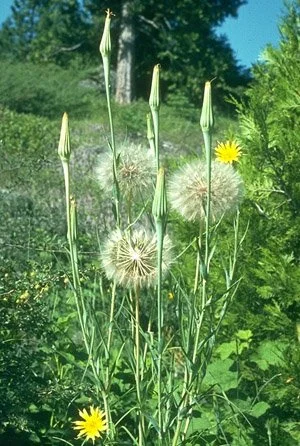
Western salsify / Goatsbeard (Tragopogon dubius)
A biennial in the aster family. Salsify has a deep taproot and grass-like leaves. Seeds have parachutes similar to dandelions. Stems are thick and contain milky sap. Can grow up to 3 ft tall. Flowers are yellow and dandelion-like. Can grow in many soil types and habitats, often found in waste areas, rangelands, and roadsides.
-
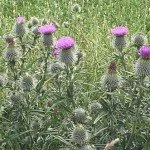
Bull or Spear thistle (Cirsium vulgare)
A biennial thistle growing 2-7 ft tall. The plant is a rosette in the first year, with flowering stems growing in the second year. The flower is a pink-red color.
-
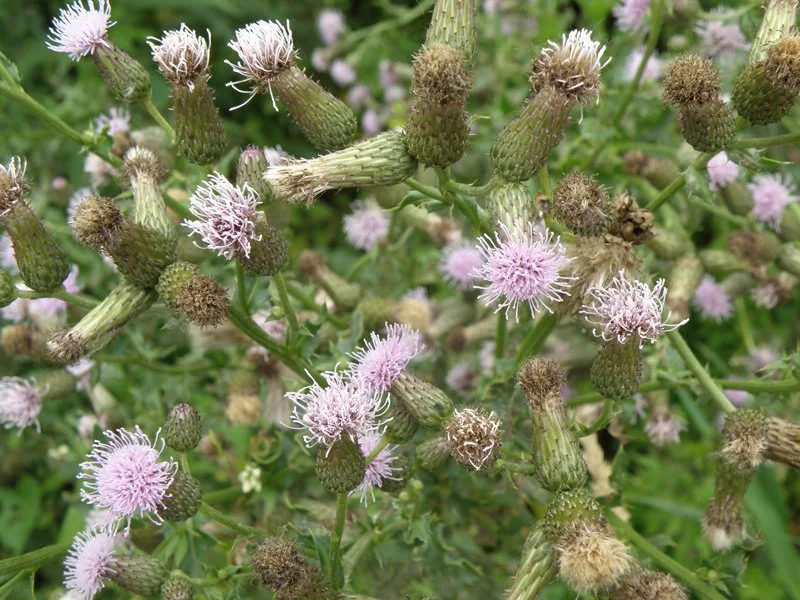
Canada or Creeping thistle (Cirsium arvense)
Native to Europe and Asia, this perennial came to America in crop seed. This thistle is mostly a problem on cultivated land, rangeland, and roadsides. This thistle can grow 3 ft tall with purple-pink disk flowers in clusters. Spines are on the edges of dark green smooth leaves; underside is a lighter green with woolly hairs. Categorized as noxious.
What is a Noxious Weed?
Noxious weeds can best be understood by referring to the Federal Noxious Weed Act of 1974 that defines a noxious weed as,
“…any living stage (including seeds and reproductive parts) of a parasitic or other plant of a kind which is of foreign origin, is new to or not widely prevalent in the U.S., and can directly or indirectly injure crops, other useful plants, livestock, poultry or other interests of agriculture, including irrigation, navigation, fish and wildlife resources, or the public health.”
This description encompasses issues related to economic damage and threats to human interests. The term noxious weeds does not encompass all invasive plant species in a region. To contrast noxious weeds, invasive species, sometime referred to as invasive alien species, are plants that are not native to an area. In the state of Idaho, there are 67 listed noxious weeds that are categorized into three tiers of concern. However, there may be more than 67 invasive plant species in the state of Idaho.
Summary of Rules, Regulations, and Responsibilities
There are two major pieces of legislation that affect Idaho regarding noxious weeds. The Federal Noxious Weed Act of 1974 was enacted during the Nixon administration. As mentioned in the introduction the act is concerned by economic threats caused by invasive species. The Idaho Code, Title 22, Chapter 24 is more pertinent to the Palouse area in regard to citizens’ rights and responsibilities when noxious weeds are present on their property. Specifically, the document contains five duties of landowners and citizens:
It shall be the duty and responsibility of all landowners to control noxious weeds on their land and property, in accordance with this chapter and with rules promulgated by the director.
The cost of controlling noxious weeds shall be the obligation of the landowner.
Noxious weed control must be for prevention, eradication, rehabilitation, control or containment efforts. However, areas may be modified from the eradication requirement if the landowner is a participant in a county-approved weed management plan or county-approved cooperative weed management area.
The landowner shall reimburse the county control authority for work done because of failure to comply with a five (5) day notice, as outlined in section 22-2405, Idaho Code.
If an article is infested with noxious weeds, it shall not be moved from designated premises until it is treated in accordance with the applicable rules, or in accordance with the written permission of a control authority.
The first duty for landowners and citizens, “to control noxious weeds on their land and property,” can only be achieved if individuals are able to identify noxious species on their property.
Why Does PCEI Care About Noxious Weeds?
The Restoration Program at PCEI dedicates a good portion of its time restoring ecosystems in the Palouse Clearwater region with native plants. Native plants grow in native soil and support native wildlife in a way invasive, noxious weeds do not. The AmeriCorps members that work in these restoration efforts spend time identifying and eliminating noxious weeds in order to help native flora and fauna flourish. By helping the native biodiversity grow, the Palouse Clearwater ecosystems improve, which is why PCEI cares about removing noxious weeds from the region.
The Economic Cost of Noxious Weeds
If pulling weeds to aid native ecosystems does not seem reason enough to join the struggle, perhaps their detrimental costs will. Gleaned from the article,“What We’ve Learned From Idaho’s Past,” written by Roger Batt, is a revelation of the exorbitant prices paid due to invasive weeds. The article states:
“It is estimated that invasive weeds will impact Idaho’s economy by approximately $300 million this year. Idaho farmers and ranchers spend in the upwards of $15 million a year to fight this ecological war. And nationwide, noxious weeds are spreading at an alarming rate of 4,600 acres a day if left untreated and are costing our nation’s economy approximately $18 billion annually.”
Native ecosystems and the economy are both suffering from the spread of weeds! So do something good for the environment and the economy – volunteer to help pull weeds!
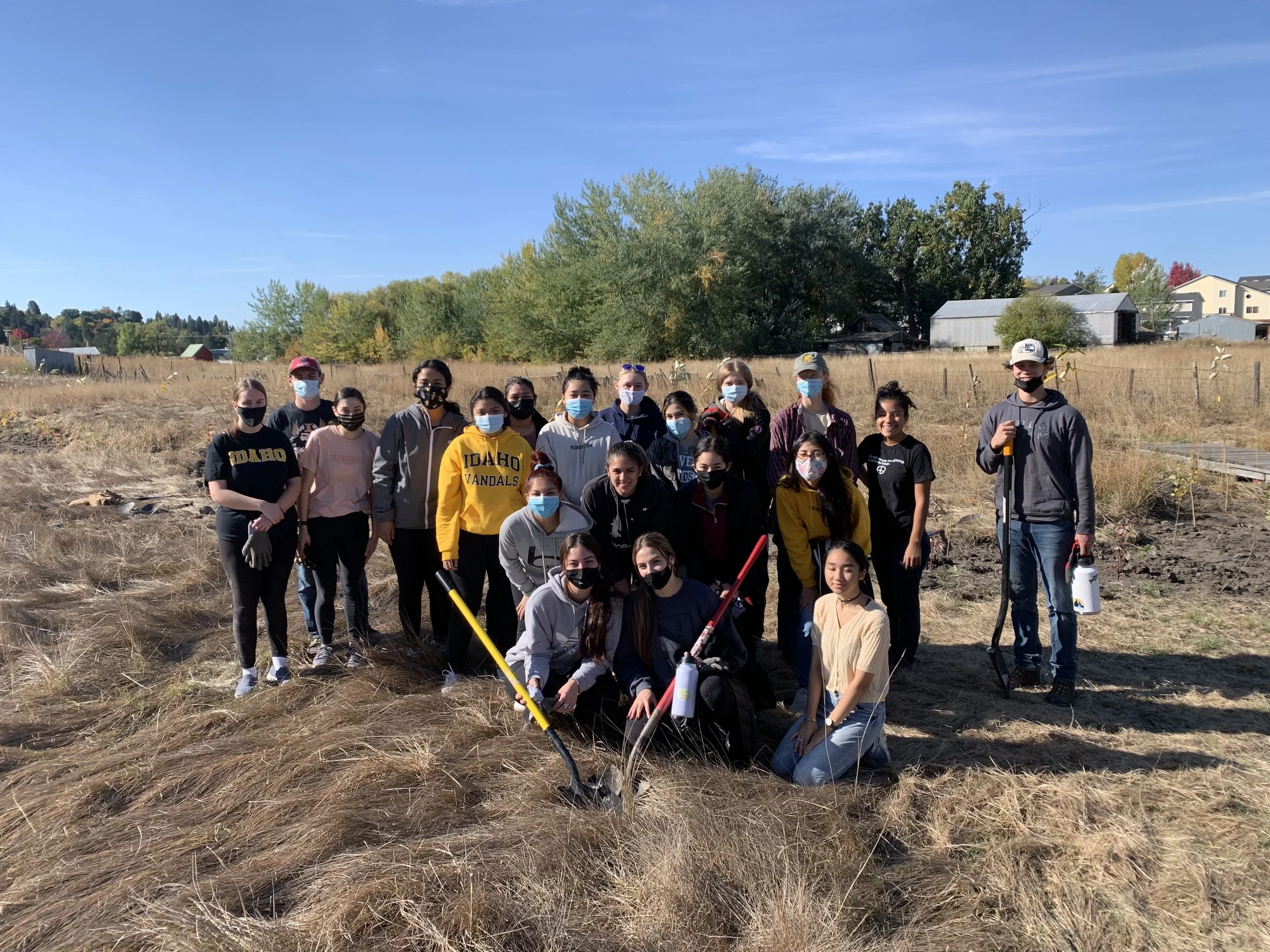
Restoration Services
PCEI’s Restoration team consults with private landowners and land managers on a broad range of environmental issues with an emphasis on promoting functional native landscapes.
Contact us if you would like to know more about our services, tell us more about your project, and/or see how PCEI’s Restoration Team can help with your project.
Our Services
Site visit and consultation.
Habitat restoration design and construction projects with an emphasis on riparian areas, wetlands, streams, rivers and priority or degraded habitats.
Site assessment and planning with a focus on the riparian area and natural storm water management techniques.
Consulting on environmental permitting requirements for federal, state and local City and County permits.
Erosion control and slope stabilization.
Native riparian and wetland planting.
Sales and propagation of native trees, shrubs and forbs.
Monitoring projects for permit compliance and long-term project efficacy.
